How to Take Care of a Pregnant Mare?
Managing the care of a pregnant mare is a critical responsibility for equine professionals. The health and wellbeing of both the mare and her unborn foal rely heavily on meticulous husbandry, nutrition, preventative veterinary care, and the proper use of modern diagnostic technologies like ultrasound. This article offers a comprehensive overview of best practices for managing pregnant mares in commercial equine operations, hobby farms, and veterinary facilities. The information is especially relevant for farm managers, breeders, and veterinary personnel working in equine reproduction.
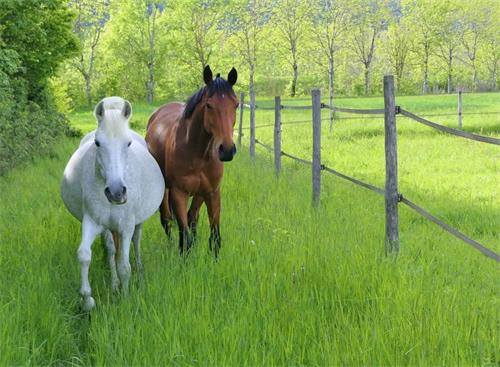
Understanding the Gestation Period
Equine gestation typically lasts approximately 340 days, or around 11 months, though it may vary slightly depending on the breed and individual mare. It is essential to track breeding dates accurately so that caretakers can anticipate major milestones such as early pregnancy confirmation, fetal development monitoring, and preparation for foaling.
Although a mare may reach reproductive maturity by 18 months, breeding at this age is generally discouraged. Most veterinarians recommend that mares be at least four years old before entering a breeding program, as younger mares may not have fully developed physiologically and mentally to support a healthy pregnancy and foaling process. Moreover, mares typically produce only one foal per year, which underscores the importance of each pregnancy cycle in a breeding program.
Veterinary Monitoring and Diagnostic Testing
One of the most effective ways to support a healthy pregnancy is through regular veterinary oversight. Establishing a partnership with a veterinarian who specializes in equine reproduction allows for the creation of a tailored health protocol for each mare.
Key components of a veterinary monitoring program for pregnant mares include:
-
Uterine Culture and Cytology
Before breeding, or in the early days post-conception, performing a uterine culture and cytology can help detect and treat infections such as endometritis that may compromise the pregnancy. -
Hormonal Blood Testing
Blood tests measuring levels of progesterone and equine chorionic gonadotropin (eCG) can provide insights into the pregnancy’s progression and hormone support. These tests are valuable tools for identifying mares at risk of early embryonic loss. -
Vaccination Schedule
Mares should receive routine vaccinations during pregnancy, including those for equine influenza, tetanus, and equine herpesvirus (EHV-1). Vaccination against EHV-1 is particularly important between the fifth and ninth months of gestation, as this virus is associated with late-term abortions. -
Periodic Ultrasound Examinations
Ultrasound is the gold standard for confirming pregnancy and monitoring fetal health. Transrectal ultrasonography is typically performed around 14–16 days post-ovulation to confirm pregnancy and check for twin embryos. Additional scans at 25, 35, and 60 days assess embryo viability, heartbeat, and placental development. Regular ultrasounds help detect complications early, such as placentitis or fetal abnormalities, which may otherwise go unnoticed.
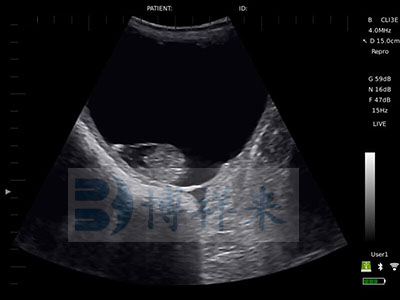
Importance of Equine-Specific Ultrasound Equipment
Accurate diagnosis and monitoring during pregnancy require high-resolution imaging, which is best achieved using equine-specific ultrasound systems. These devices provide enhanced detail in soft tissue structures and are equipped with rectal probes designed for large animals. Veterinarians utilizing these systems can detect subtle changes in fetal positioning, placental health, or uterine wall thickness—key indicators of potential complications.
Nutrition and Hydration
Pregnant mares require a carefully balanced diet that evolves throughout gestation. During the first two trimesters, energy demands do not increase significantly, and overfeeding during this period can lead to obesity and related complications. However, during the final trimester, fetal growth accelerates, and mares require additional calories, protein, calcium, and phosphorus.
Nutritional recommendations for pregnant mares include:
-
High-quality forage (e.g., alfalfa or grass hay)
-
A balanced grain concentrate formulated for broodmares
-
Vitamin and mineral supplements, especially those rich in Vitamin E, selenium, and copper
-
Free-choice salt and clean, fresh water at all times
Feeding frequency and consistency are also important. In addition to morning and evening meals, access to pasture or small hay portions throughout the day supports digestive health and reduces the risk of gastric ulcers.
Physical Activity and Exercise
Moderate exercise is beneficial for pregnant mares, particularly during the early and mid-stages of gestation. Light riding, turnout, and pasture walking support cardiovascular health, reduce the risk of edema, and maintain muscle tone. However, strenuous exercise should be avoided, and any changes to a mare’s activity level should be based on veterinary recommendations.
In the last trimester, exercise should be reduced or replaced with passive movement, such as paddock turnout. This ensures the mare remains mobile without risking strain or stress.
Housing and Environmental Considerations
A stress-free, clean, and secure environment is essential throughout pregnancy. Mares should be housed in well-ventilated barns with dry bedding, minimal noise, and protection from extreme weather. Overcrowded conditions, exposure to new animals, or abrupt changes in routine can elevate stress hormones that negatively impact fetal development.
Key environmental practices include:
-
Providing spacious stalls (minimum 12’ x 14’) for pregnant mares
-
Maintaining clean bedding using straw or dust-free shavings
-
Minimizing transport and handling during the last trimester
-
Ensuring low-stress social interactions if housed in groups
Foaling Preparation and Final Stages
During the final month of pregnancy, caretakers should begin preparing for foaling. Signs that foaling is approaching include udder enlargement, waxy secretion on the teats (colostrum formation), relaxation of the pelvic ligaments, and behavioral changes such as restlessness or nesting.
It is advisable to move the mare into a dedicated foaling stall 4–6 weeks before her expected due date. This allows her to become acclimated to her surroundings and reduces the risk of environmental stress.
Essential foaling preparation tasks include:
-
Ensuring 24/7 access to clean water and hay
-
Monitoring the mare with a foaling camera or sensor-based alert system
-
Stocking the foaling area with towels, antiseptic solutions, gloves, and a foal resuscitator
-
Establishing emergency veterinary contact protocols
Emotional Support and Temperament Management
Mares, like many animals, are sensitive to emotional cues and environmental changes. Providing consistent care and positive human interaction during pregnancy helps reduce aggression, anxiety, or restlessness—especially in the days leading up to parturition.
Handlers should remain calm, patient, and attentive. Establishing trust and familiarity is especially important for first-time mothers who may exhibit more pronounced behavioral changes during foaling.
Conclusion
Caring for a pregnant mare involves more than meeting basic needs—it requires proactive management of health, environment, nutrition, and veterinary diagnostics. Regular veterinary checkups, particularly with the use of equine ultrasound systems, allow for the early detection of complications and help ensure a successful outcome for both the mare and her foal.
For equine breeders and farm managers, investing in structured prenatal care protocols pays dividends in reproductive efficiency, foal viability, and the long-term health of valuable breeding stock.
References
-
McCue, P. M., & Ferris, R. A. (2017). Management of the pregnant mare. Equine Reproduction. https://doi.org/10.1002/9781119279254.ch72
-
Ginther, O. J. (1995). Ultrasonic imaging and animal reproduction: Horses. Equiservices Publishing.
-
American Association of Equine Practitioners (AAEP). Guidelines for equine reproductive management. https://aaep.org/horse-owners/owner-guidelines/owner-guidelines-reproduction
-
Brinsko, S. P., Blanchard, T. L., Varner, D. D., Schumacher, J., & Love, C. C. (2011). Manual of Equine Reproduction. Elsevier Health Sciences.
-
Tannus, J. L., & Carluccio, A. (2019). Use of ultrasound in equine pregnancy diagnosis and monitoring. Journal of Equine Veterinary Science. https://doi.org/10.1016/j.jevs.2019.102834

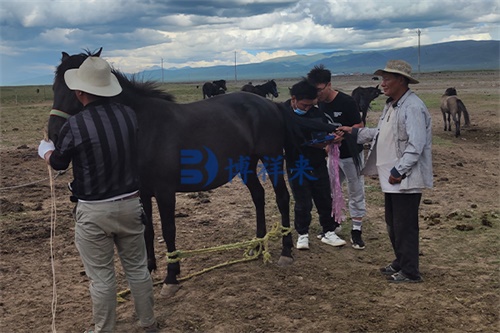
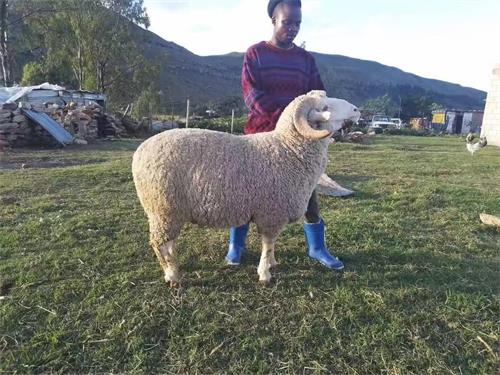
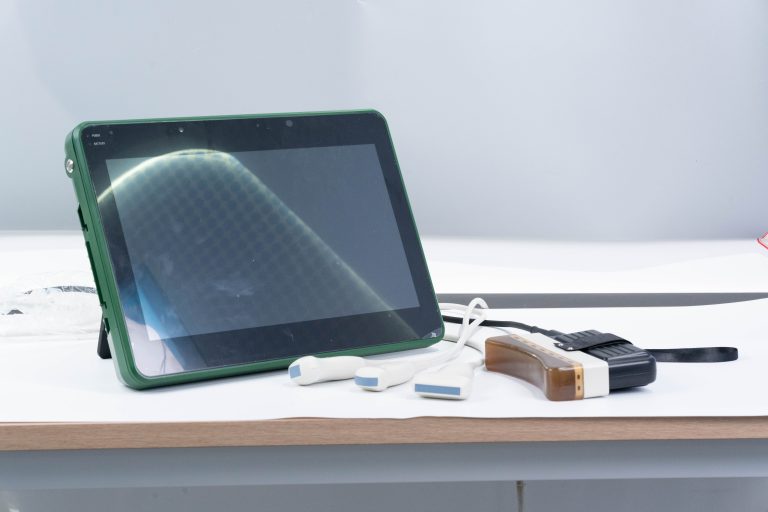


This was super helpful! I’ve always been curious about how to care for a pregnant mare, and this explained things clearly. Learned a lot!